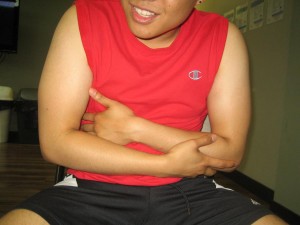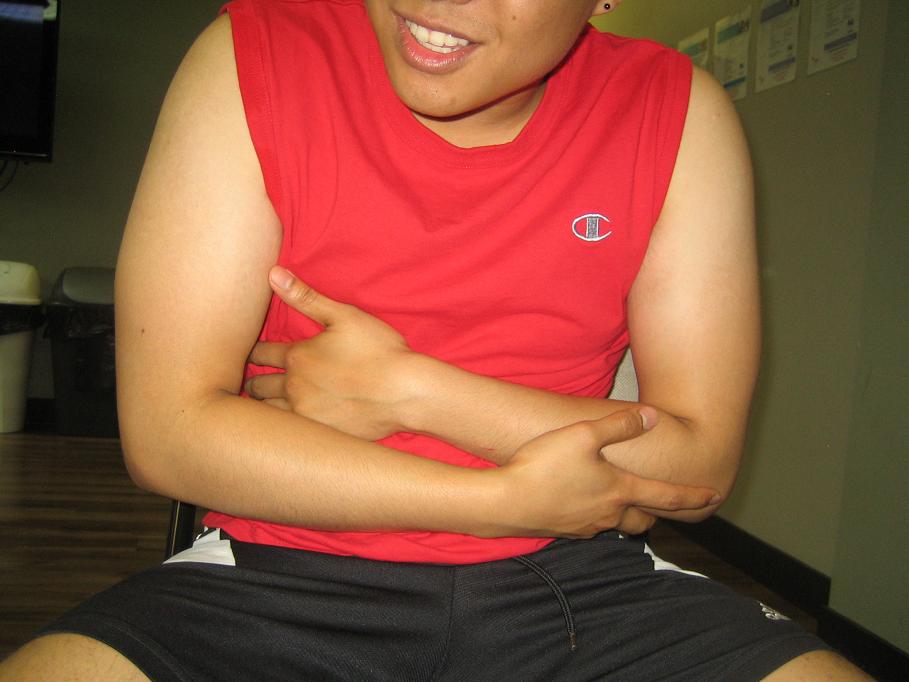Spongiotic dermatitis is a chronic condition of the skin affecting the skin on and around the chest, abdominal and the buttocks area. It is an allergic reaction to food, insect bite or severe reaction some drugs or medications. Like other types of dermatitis, it is usually characterized by itchiness and formation of rashes.
The rashes are colored red in the beginning and eventually become brown after excessive scratching of the affected area especially in the chest, stomach and the buttocks. If not properly treated the rash becomes black in color due to constant scratching over a prolonged period. Severe itching may result to permanent scarring on the body.
Symptoms of spongiotic dermatitis
- Severe itchiness of the area especially at night
- Raw, sensitive and swollen skin that happens due to scratching
- Red-brownish-gray patches on the skin
- Rashes usually develop on the stomach, chest and the buttocks and can spread to other areas in the body.
- Thickened, cracked, dry and scaly skin
- Small, raised bumps with fluid and crust over when scratched
Treatment

- Avoid scratching the affected area. Scratching will cause a break in the sores and cause further irritation and worsen the condition. Another alternative is occasionally applying bandage on the affected to prevent further irritation and infections.
- Keep the skin well hydrated by applying moisturizers to lessen the irritation, prevent dryness. Another option is using a humidifier is good for the condition.
- Take a bath or shower using soap such as Aveeno, Dove and Cetaphil. Avoid using hot water to prevent further irritation and dry out the skin. After taking a bath apply oil or moisturizer on the skin. Use moisturizers that are unscented and uncolored to prevent further irritation on the affected area.
- Apply cold compress on the affected area to lessen itching and the inflammation. Place ice cubes in a plastic bag and place on the area for at least 10-15 minutes every two hours as needed.
- In a bathtub containing warm water, add baking soda, uncooked oatmeal or colloidal oatmeal until fully dissolved. Immerse in the bath for around 10-15 minutes to keep the skin moisturized.
- Install a humidifier inside the room to keep the air moist and prevents drying out of the skin.
- Drink plenty of water to keep the body well hydrated. Drink at least 8 glasses of water every day to retain moisture in the skin and prevent dehydration.
- Take the prescribed over-the-counter antihistamines to lessen the itchiness and the inflammation.
- Use the prescribed over-the-counter corticosteroids such as hydrocortisone cream 1% to lessen the inflammation and the itchiness. Another alternative is taking the prescribed oral corticosteroid for severe itchiness.
FACT CHECK
https://www.healthline.com/health/spongiotic-dermatitis
https://www.medicalnewstoday.com/articles/320845.php
https://www.wikihow.com/Ease-the-Symptoms-of-Spongiotic-Dermatitis
